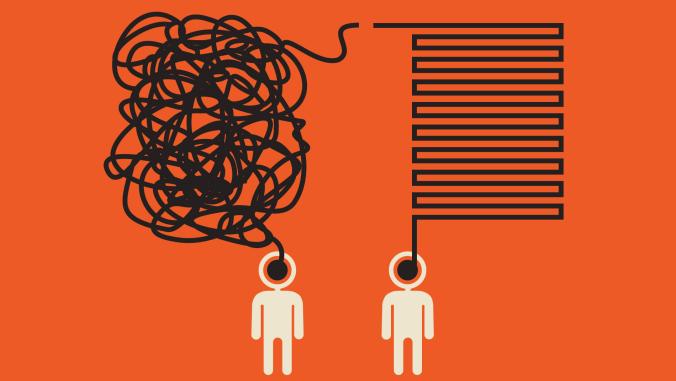What's the Solution for the Curse of Conflict Minerals?
<p>The new law requiring U.S. public companies that use tin, tantalum, tungsten or gold to trace them back to their source calls for unprecedented transparency in supply chains. But will it end the "minerals curse" that hangs over materials from the Democratic Republic of the Congo?</p>

What are conflict minerals? In essence this is the issue made famous in the movie "Blood Diamond." In the Democratic Republic of the Congo and surrounding region, the profits from mining mineral resources have contributed to one of the world's worst conflicts -- with millions killed and heinous human rights violations.
If this sounds familiar, it is. The "minerals curse" -- profits from mineral wealth making life worse not better -- is a well-known phenomenon. But this time, there is a regulatory component that signals hope. A small provision of the massive Dodd-Frank Wall Street Reform and Consumer Protection Act requires all U.S. public companies which use any of four minerals (tin, tantalum, tungsten and gold) to trace them back to their source. If they come from the DRC region, the company must file an audited report with the U.S. Securities and Exchange Commission to declare whether these minerals support conflict or not.
This is an unprecedented approach. Never before has the government required companies to trace the materials in their products back to the source and publicly report their findings. The question is: Will it help resolve the conflict in the DRC?
The law is already having an impact on the ground -- but perhaps not the desired impact. People who depend on the minerals trade in the DRC region have started to refer to this law as "The Obama Ban" because traders have stopped purchasing due to fear that the Dodd-Frank law will dry up the market for minerals from the area. One of the stakeholders in from the DRC summed up the dilemma this way: "is our choice really bullets or starvation?"
The complexities of the process, the enormity of the task and the rapid implementation schedule (most companies must start recoding the source of these minerals beginning January 2012) have raised the temperature on this issue recently. More stakeholders are becoming concerned that the law will effectively result in a mining ban and the economic hardship in the DRC could hit millions of innocent people who make their living from mining and minerals trade.
So, what is the solution? At this point, no one really knows. In response to the changing situation, the SEC has delayed finalizing the rule implementing the law to the end of this year – causing even more uncertainty for the companies that will be held accountable.
Meanwhile, the electronics industry continues to prepare to comply. The Electronics Industry Citizenship Coalition and the Global e-Sustainability Initiative have rolled out programs to certify smelters as conflict-free and to track these minerals from the smelter to the product. Other industry sectors – from aerospace to automobiles to retail giants – have also responded but no one yet has the perfect solution.
Ultimately, the answer may lie in the development of a reliable certification scheme in the DRC region. If minerals from the region can be certified as originating from legitimate sources, the minerals trade from the DRC region could not only continue, but thrive as a model for "clean sourcing." Then perhaps we can finally break the minerals curse.
Image CC licensed by Flickr user Julien Harneis.





